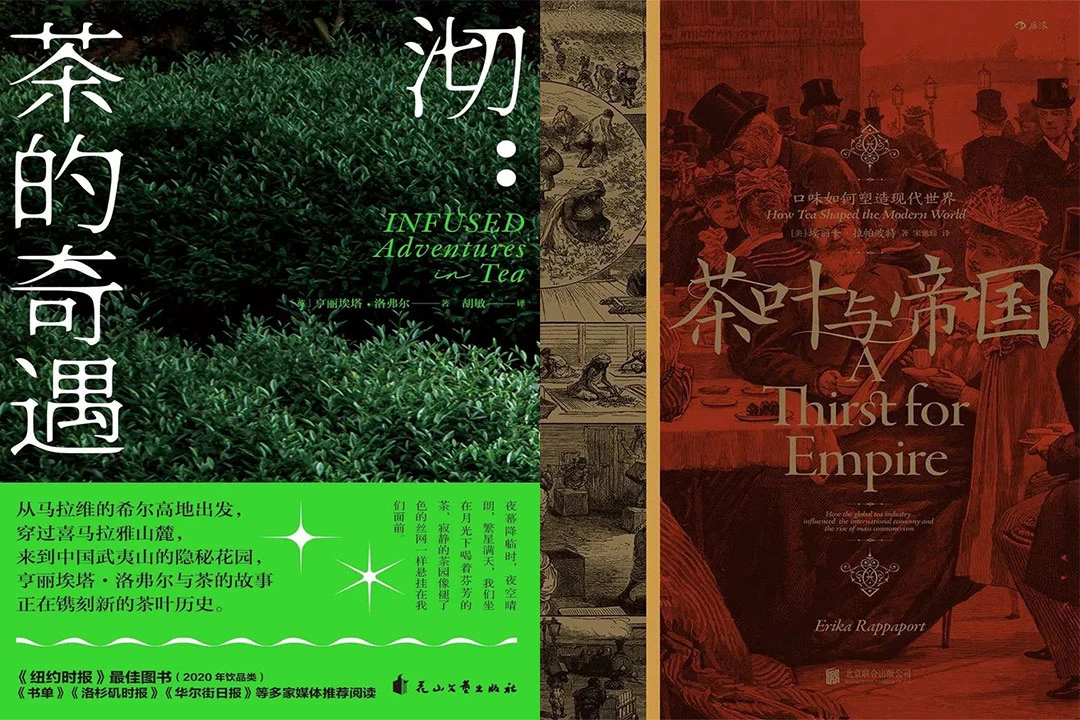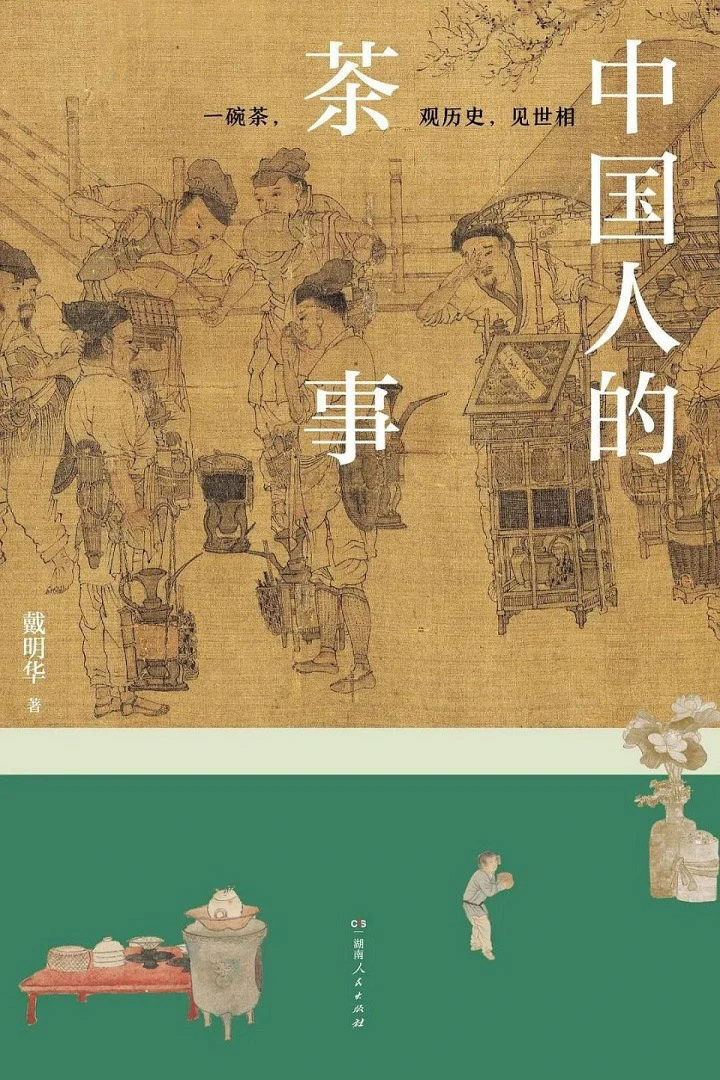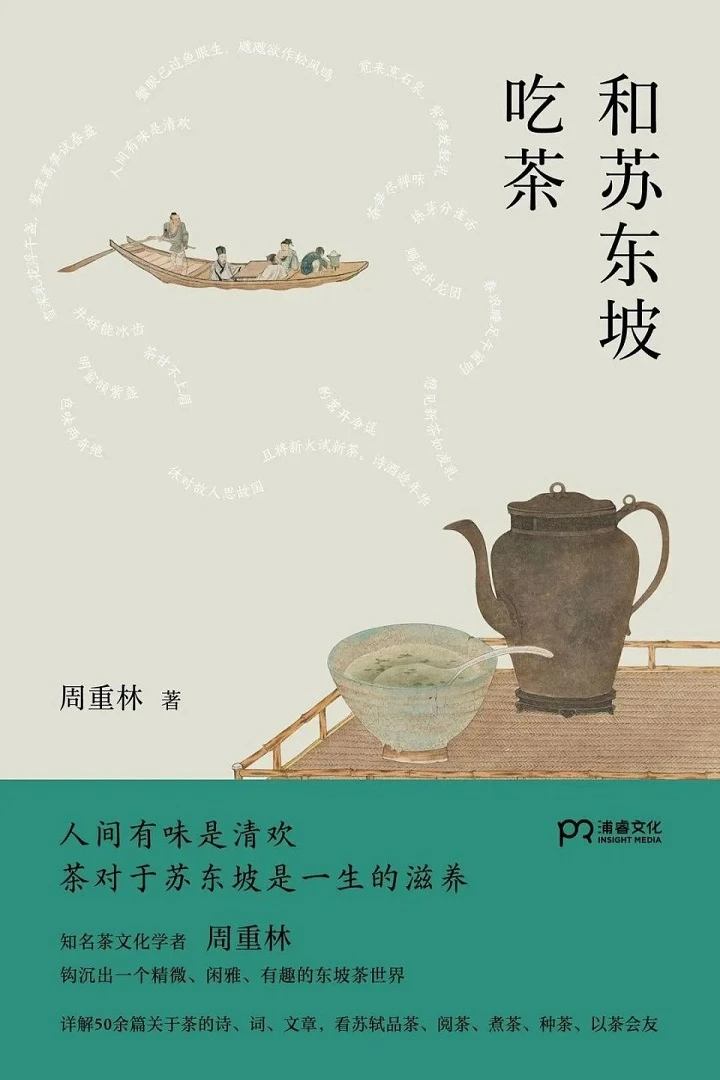In the beginning, it was just a leaf, encountered by humans as a remedy for detoxification. Little did they know, millennia ago, this leaf would transform into a beloved beverage through the hands of the Chinese.
Tea Rituals
Enter the poetic realm of Tang Dynasty poets, where tea transcended its medicinal roots to become the elixir of life for nomadic tribes and a muse for scholars. Poems like Su Dongpo's famous verse "A playful poem, don't laugh, fine teas are as beautiful as fair ladies" elevated tea to a realm beyond mere refreshment.
Su Dongpo, a polymath known for his mastery of the arts, immersed himself deeply in the art of tea. Beyond his renowned verses on food and wine, Dongpo's affinity for tea was a lesser-discussed facet of his life. For him, tea was not just a drink but a ritual—a blend of leaf, water, and vessel, each meticulously chosen. His poems reflect this intimacy with tea: "Snowy foam and milky swirls in the noon teacup, fragrant herbs steeped in spring dishes. The best of life's flavors are pure joy."
His appreciation for freshly brewed tea after a satisfying nap showcases his nuanced approach to life's pleasures, where tea played a pivotal role in his daily routines. In Zhou Chonglin's book "Tea with Su Dongpo," over 50 of Dongpo's writings on tea are dissected with scholarly annotations and colloquial translations, revealing a world of refined yet accessible tea culture.

Tea History
A cup of tea reflects the spirit of an era and mirrors the essence of a generation. Dai Minghua's "Tea in Chinese Life" is not just a visual delight of Chinese tea history but a vibrant cultural lesson. From ancient times to the Qing Dynasty, Minghua captures tea's zenith moments—its evolution in preparation, consumption, and the refined aesthetics of tea ware and spaces.
Minghua's work delves into how tea-making, tasting rituals, and the pursuit of aromatic profiles shaped Chinese sensibilities across centuries. It's a journey through the flourishing of tea culture during the Tang Dynasty, the craftsmanship of Song Dynasty tea, and the return to simplicity in Ming Dynasty tea.
The Tea Tales
Tea stands as one of China's most emblematic cultures. Over millennia, it has evolved through inheritance, refinement, and metamorphosis, radiating a unique brilliance and charm. "Tea: The Story of a Leaf (茶:一片树叶的故事)" is China's first comprehensive documentary exploring global tea culture. Across six episodes—"The warmth of the land and palm," "The end of the road," "Boiling water and making tea," "A foreign land, homeland," "Time stops for tea," and "A bowl of tea soup reveals human feelings."
Each episode, 50 minutes long, immerses viewers in the varieties, history, dissemination, and production intricacies of tea. Filmed across Yunnan, Fujian, and Sichuan, the series captures how delicate young leaves weather the elements and transform into fragrant brews through intricate craftsmanship and skill.
Director Wang Chongxiao shares insights gained from two years of production, including six months of planning. The team traversed global tea countries, visiting over 200 "tea people." The final product showcases over 60 "tea people" discussing tea tales and experiences, revealing natural wonders, mysterious tea-making techniques, international tea ceremonies, and the intertwined stories of tea and humanity.
Tea Gatherings
Where did the British tradition of tea with sugar and milk originate? Why did consumers on both sides of the Atlantic tire of green tea and favor black tea in the mid-Victorian era? Why has tea become a part of South African history? Why is iced tea Americans' favorite tea drink?
Indeed, tea has been one of the world's most popular commodities for centuries. The profits from planting and selling tea have funded wars, driven colonial activities, and influenced land use, labor systems, market operations, and social hierarchies that continue to shape society.
Erika Rappaport's "A Thirst for Empire: How Tea Shaped the Modern World" provides a historical perspective on how men and women have changed global tastes and habits by participating in the European, Asian, North American, and African tea industries.
The author points out that tea and the British Empire have always overlapped but have never been completely consistent. She emphasized the economic, political, and cultural forces that enabled the British Empire to dominate but never fully control global tea production, trade, and consumption from the 17th to the 20th centuries.
Using extensive archival materials, the book explores how tea producers in Assam and Ceylon overcome difficulties to find and maintain markets. During this process, the author is particularly fascinated by how a group of professional propagandists promoted tea. The tea industry, as one of the earliest colonial industries, businessmen, planters, promoters, and retailers use empire resources to advertise globally and political lobbying.
Tea Encounters
How does tea quietly grow in the mountains, undergo complex processes to become an essential player on the world's dining tables, and evolve into a way of life? How did tea spread from China to the world, and where did the British obsession with tea come from? Besides Chinese tea, what other teas are popular worldwide? How do different types of tea complement modern cuisine, creating better taste experiences? How do you brew a good cup of tea?
In Henrietta's book "Infused: Adventures of Tea," tea gardens offer serene healing, where tea farmers, pickers, and craftsmen painstakingly produce better teas for tea connoisseurs.
This book is Henrietta Lovell's authentic record of visiting tea gardens worldwide. It includes stories of her quest for high-quality organic teas around the globe, introductions to local customs, historical narratives, and brewing techniques for various teas.
Through the author's perspective, we witness the global development of tea and its growing cultural influence. Today, Chinese teas are increasingly entering high-end dining and hotels, and global tea culture influenced by Chinese tea is captivating more and more young people, fostering understanding and a love for tea.
Through her journeys to renowned tea-producing regions worldwide, Henrietta not only explores her passion for tea but also triumphs over cancer twice. Through each step and footprint, Henrietta introduces fine teas to more tea lovers worldwide. Perhaps, after reading this book, you'll understand that Henrietta's encounter with tea is truly an adventure.
Recommended Book: "Infused: Adventures of Tea"
Author: Henrietta Lovell
Translator: Hu Min
Publisher: Joint Reading and Creation | Huashan Literature and Art Publishing House
Conclusion
In fact, a cup of tea, mellow and fragrant, bitter before sweet, reserved yet profound, perfectly complements the ideals of peace, truth, and harmony. The tea in the cup is not just a leaf but also an embodiment of culture. Drinking tea can be a hobby or a ritualistic part of life, offering us the wonders of life experiences.
So why not, in this fast-paced life, slow down, savor a cup of tea, and perhaps encounter a unique adventure?



